~ Neuwied, 19.05.2023 ~
Although the county was dissolved during the Napoleonic Wars, the palace of Neuwied continues to be the residence of the dynasty of the former Counts of Wied.
Next to the palace are a pump stations and a sluice gates.
A long dyke runs along the Rhine to protect the city against the river's periodic floods, and the walkway along the top serves as a viewing platform.
Opposite the palace and at the edge of the old town is a Mennonite church. The Counts of Wied were markedly religiously tolerant, and allowed various Protestant sects, expelled from other parts of the country, to settle in their lands.
There were a lot of renovations going on during my visit, and every other street had a building or two shrouded in scaffolding and coverings.
Unlike the many medieval old towns in the region, with their winding strees and narrow alleys, Neuwied is laid out as a grid. Most of its old building stock dates back to the Baroque period, built around the late 17th and early 18th centures.
The rhineward part of the town is mostly residential nowadays and has few stores. A long avenue, lined by a number of administrative buildings and a school, leads towards the modern bridge.
This street is called the 'Herrnhuter Viertel', the quarter of the Moravian Church. Its uniform architecture continues to host a number of that community's instutitions, among them a church, a daycare, a library, and a community hall.
Two prominent members of the Moravian community in Neuwied were the master cabinetmakers father and son Abraham and David Roentgen.
They achieved no small amount of wealth and fame under the patronage of the court of Louis XVI.
Their stately residence and workshop, now a multi-party residential complex, is still testament to that.
There is also a museum that exhibits some of their works and period interiors elsewhere in the city.
As you move away from the river, the Baroque townhouses slowly make way for 19th century apartments, which integrate more or less gracefully into the cityscape.
The roof of the Catholic church was undergoing renovations, but it was still accessible.
The inside is large, bright, and airy.
Nearby is one of my favourite houses (the red one on the right)!
The commercial centre of the city is roughly its geographical centre, too. The avenue leaving into the city turns into a wide pedestrian zone. Towards the middle, smaller avenues branch off of it, all lined with stores and cafés.
Although Neuwied still bears the scars of the war, and the ongoing economic and demographic decline of the last two decades are also felt, it retains a lot of its unique character.

























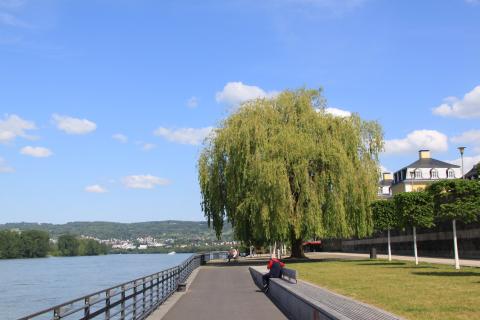


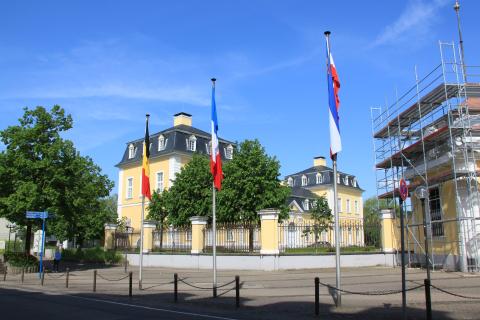









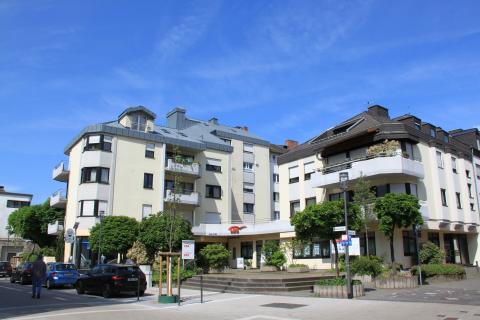






















































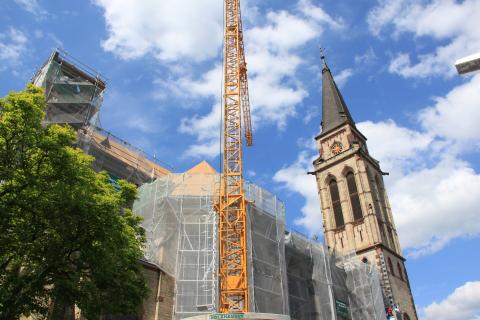






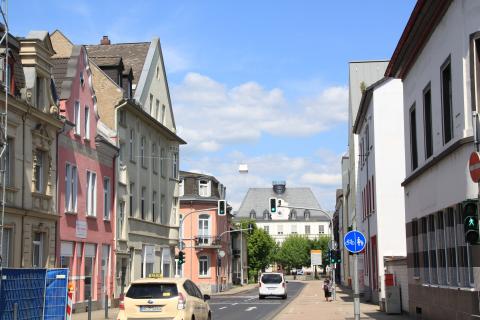















Neuwied is a small city on the Rhine, capital of the former County of Wied.